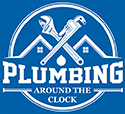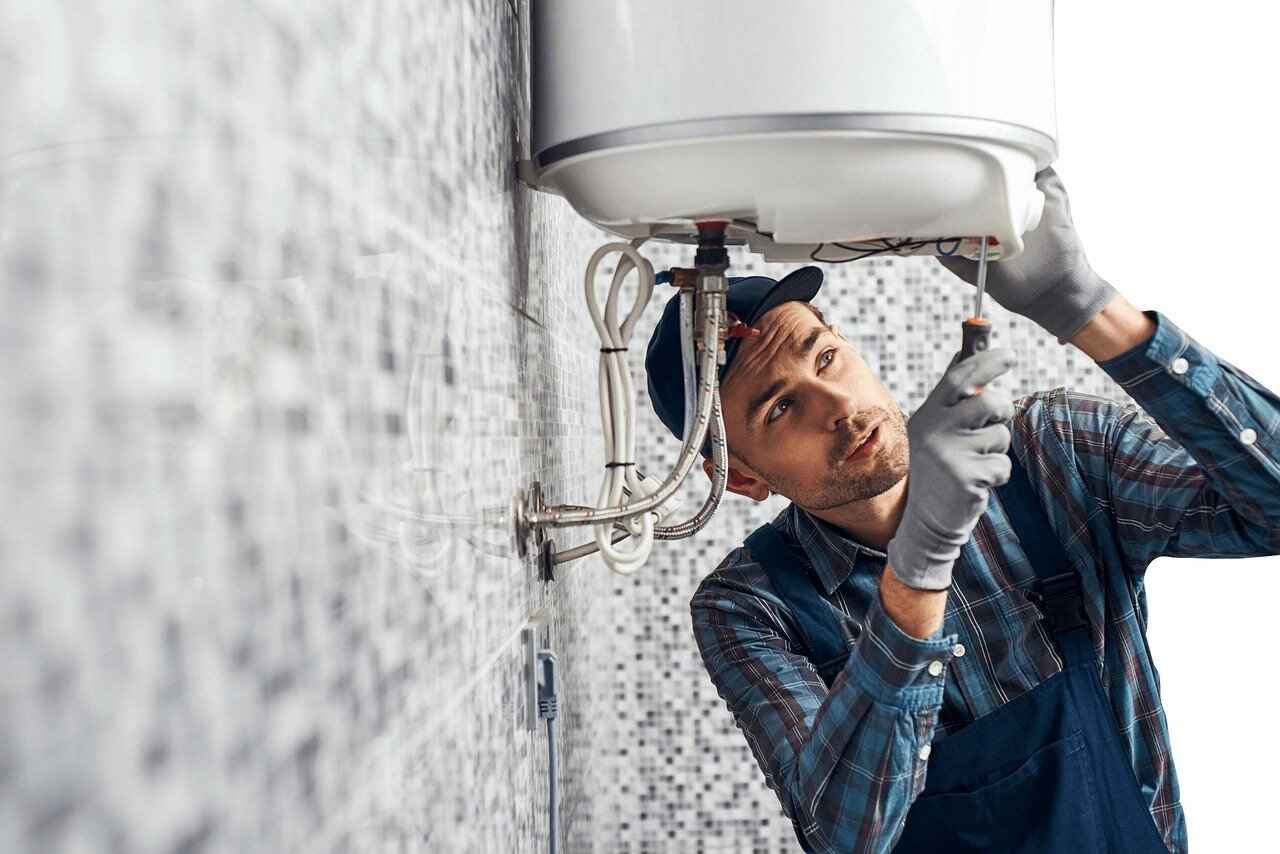
To winterize your house plumbing effectively, start by insulating exposed pipes using foam sleeves, fiberglass, or heat tape. Drain outdoor faucets by turning off the water supply, opening the faucet to release any remaining water, and insulating with a cover or wrap. Seal air leaks around windows, doors, and electrical outlets to maintain energy efficiency. Set the thermostat above 55°F to prevent freezing, ensuring proper air circulation and filter maintenance. These steps will protect your plumbing system and maintain its functionality from winter damage. Further details on winterizing your plumbing are available for thorough winterization.
To guarantee freezing and potential damage, insulating exposed pipes is a crucial step in winterizing house plumbing. When temperatures drop, uninsulated pipes risk freezing, resulting in costly repairs and inconvenience. Insulation helps maintain the heat within the pipes, preventing them from reaching temperatures that would cause freezing.
Various insulation materials are available, including foam sleeves, fiberglass insulation, and heat tape. Foam sleeves are easy to install and provide excellent protection against the cold. Fiberglass insulation is another effective option, offering superior thermal protection. Heat tape can be used for pipes in icy areas or those prone to freezing.
Ensure all exposed areas, including bends and joints, are covered when insulating pipes. Pay special attention to pipes in unheated areas such as basements, attics, and crawl spaces. Adequately insulating exposed pipes can safeguard your plumbing system against harsh winter conditions and avoid the inconvenience and expense of dealing with frozen or burst pipes.
Insulating exposed pipes is a fundamental step in winterizing house plumbing; now, turning our focus to the next vital task, draining outdoor faucets, is essential to prevent freezing and damage during cold weather. Outdoor faucets are particularly vulnerable to freezing because they are exposed to the elements. To drain outdoor faucets properly, start by turning off the water supply to the faucet from inside the house. Next, open the faucet outside to allow any remaining water to flow out. Make sure to detach any hoses or attachments from the faucet as well.
After draining the water, installing a faucet cover or wrapping it with insulating material is recommended to provide an extra layer of protection against the cold. By draining outdoor faucets, you can prevent water from freezing inside the pipes, expanding, and potentially causing them to burst. This simple yet essential step can help you avoid costly repairs and water damage during winter.
Identifying and sealing any air leaks in your house is essential to maintaining energy efficiency and preventing heat loss during winter. Air leaks can considerably impact the temperature regulation within your home, causing your heating system to work harder and driving up energy bills. Common areas where air leaks occur include windows, doors, electrical outlets, and plumbing penetrations.
To detect air leaks, you can use a combination of visual inspection and tools like a smoke pencil or infrared thermometer to pinpoint drafty areas. Once identified, sealing these leaks is a cost-effective way to improve energy efficiency. Caulking and weatherstripping are effective methods for sealing leaks around windows and doors. For more significant gaps, expanding foam insulation can be used to fill in crevices.
Properly sealing air leaks helps maintain a comfortable indoor temperature and reduces your carbon footprint by lowering energy consumption. By sealing any air leaks in your home, you can enjoy a warmer and more energy-efficient living space during the winter months.
When preparing your house for winter, guaranteeing that your thermostat is set to prevent freezing is critical to safeguarding your plumbing system from potential damage. Setting your thermostat to a consistent temperature, ideally above 55°F (12°C), helps prevent pipes from freezing and bursting. Setting the thermostat slightly higher in frigid climates can provide added protection.
Programmable thermostats offer the convenience of automatically adjusting the temperature at different times of the day. Consider setting the thermostat to lower the temperature when the house is unoccupied for an extended period but consistently above freezing.
It’s essential to ensure that all areas of your home, including basements, attics, and crawl spaces, receive ample warm air circulation. Proper insulation in these areas, combined with a well-maintained heating system, will help prevent freezing. Regularly checking and changing air filters and scheduling HVAC system maintenance can contribute to efficient heating and overall system performance during the winter months.
Other Plumbing Tips:
| M | T | W | T | F | S | S |
|---|---|---|---|---|---|---|
| 1 | 2 | 3 | 4 | |||
| 5 | 6 | 7 | 8 | 9 | 10 | 11 |
| 12 | 13 | 14 | 15 | 16 | 17 | 18 |
| 19 | 20 | 21 | 22 | 23 | 24 | 25 |
| 26 | 27 | 28 | 29 | 30 | 31 | |

